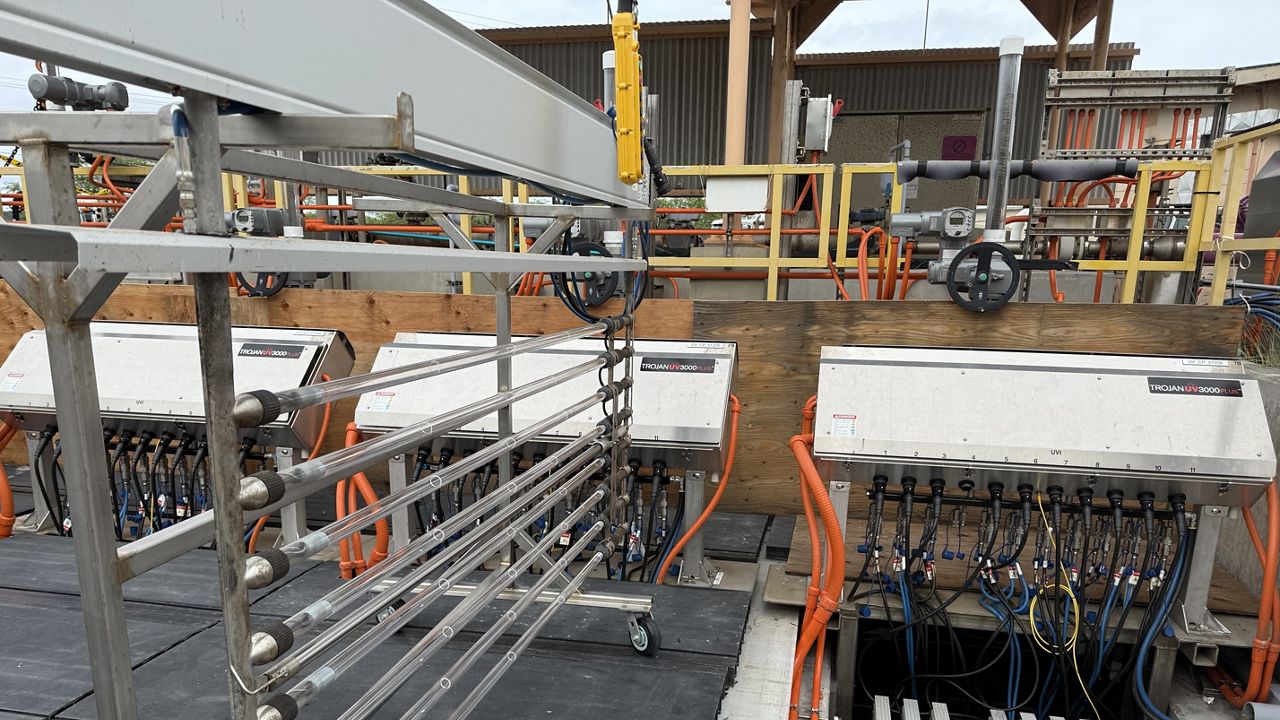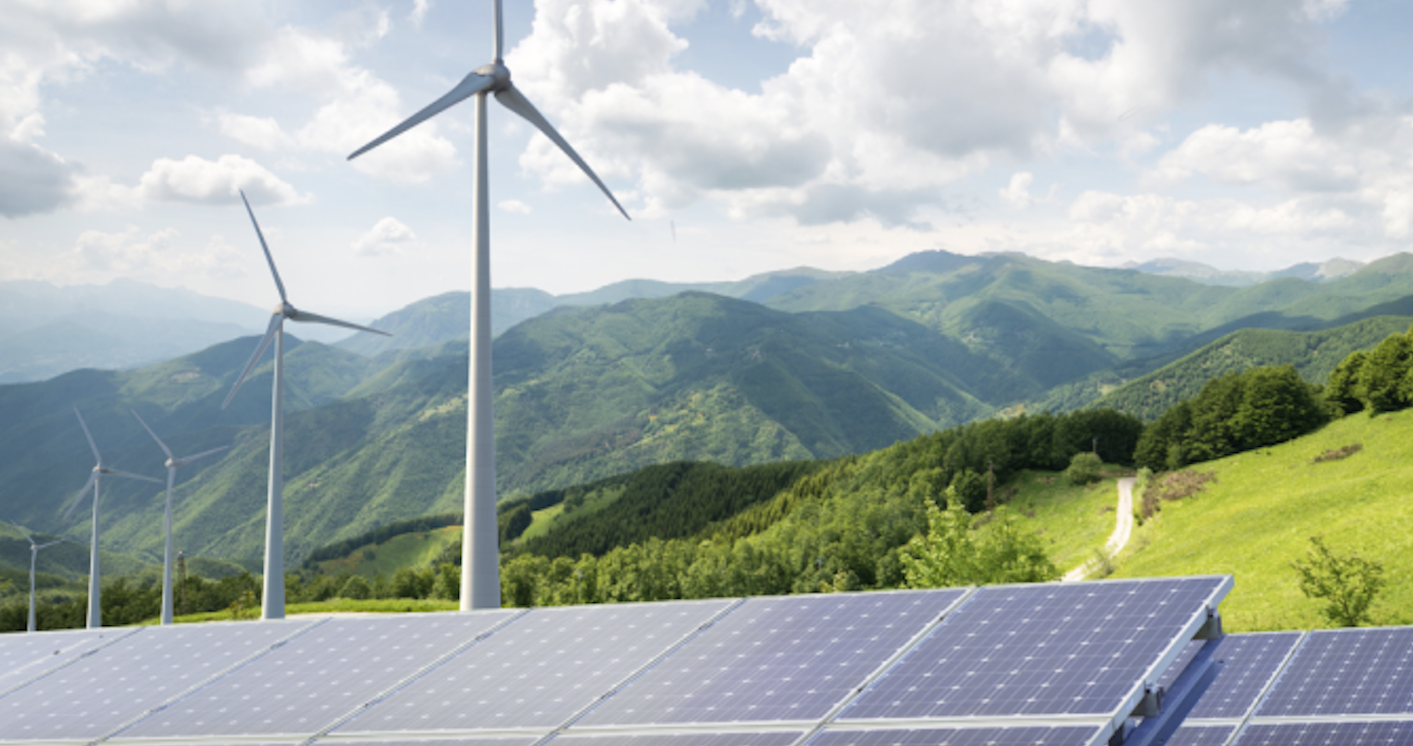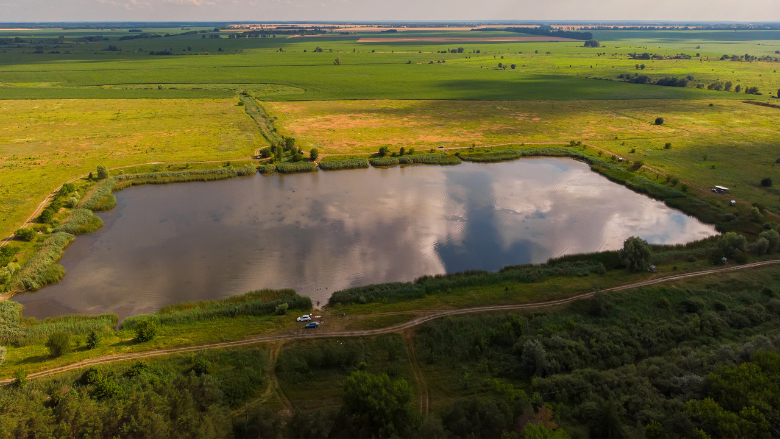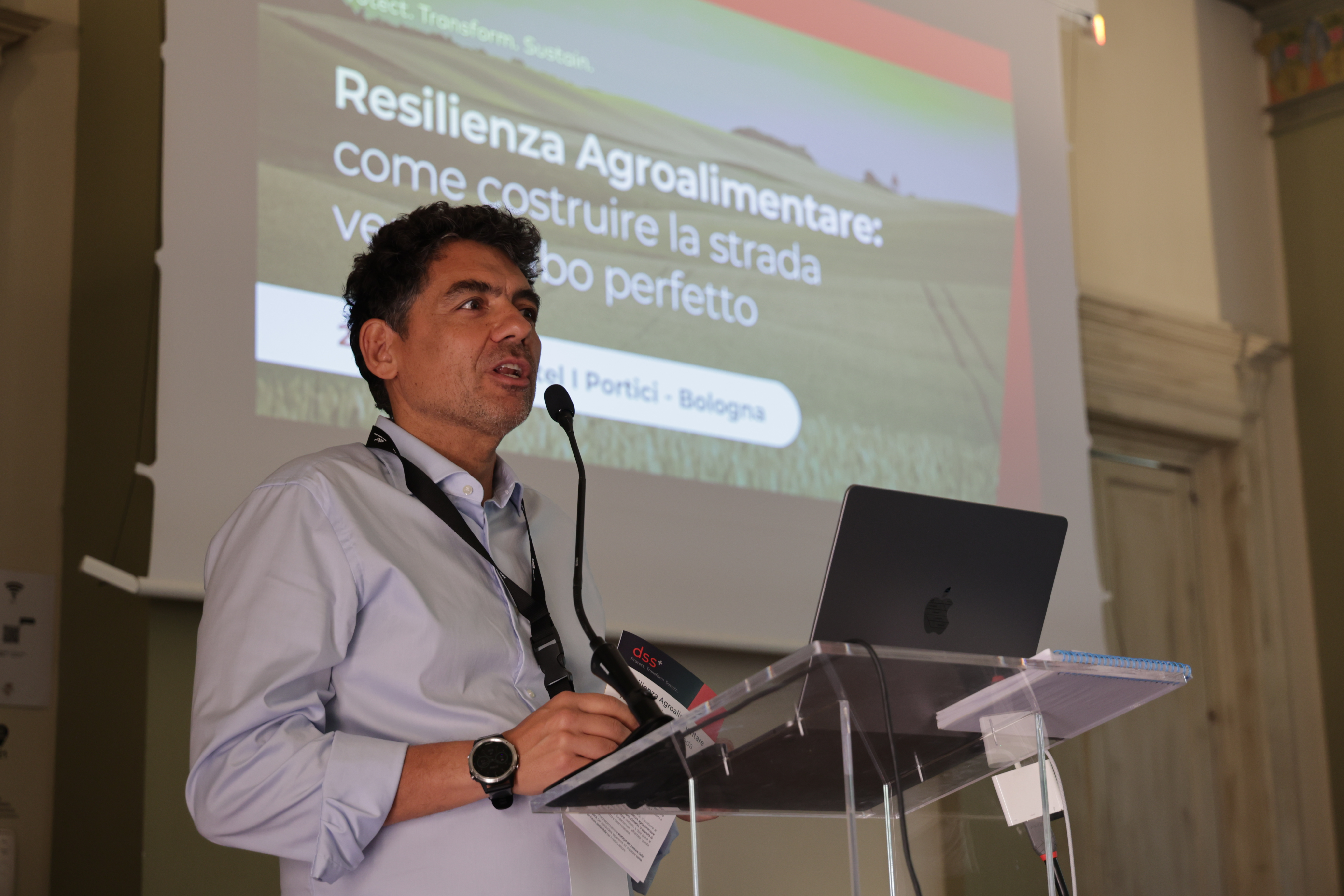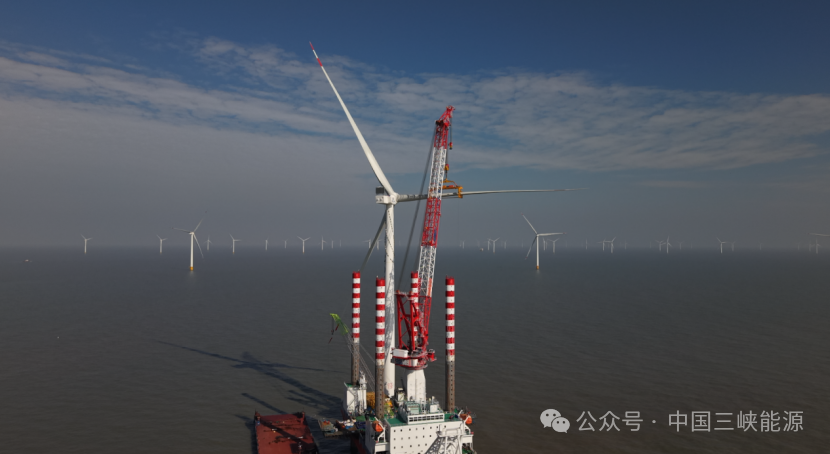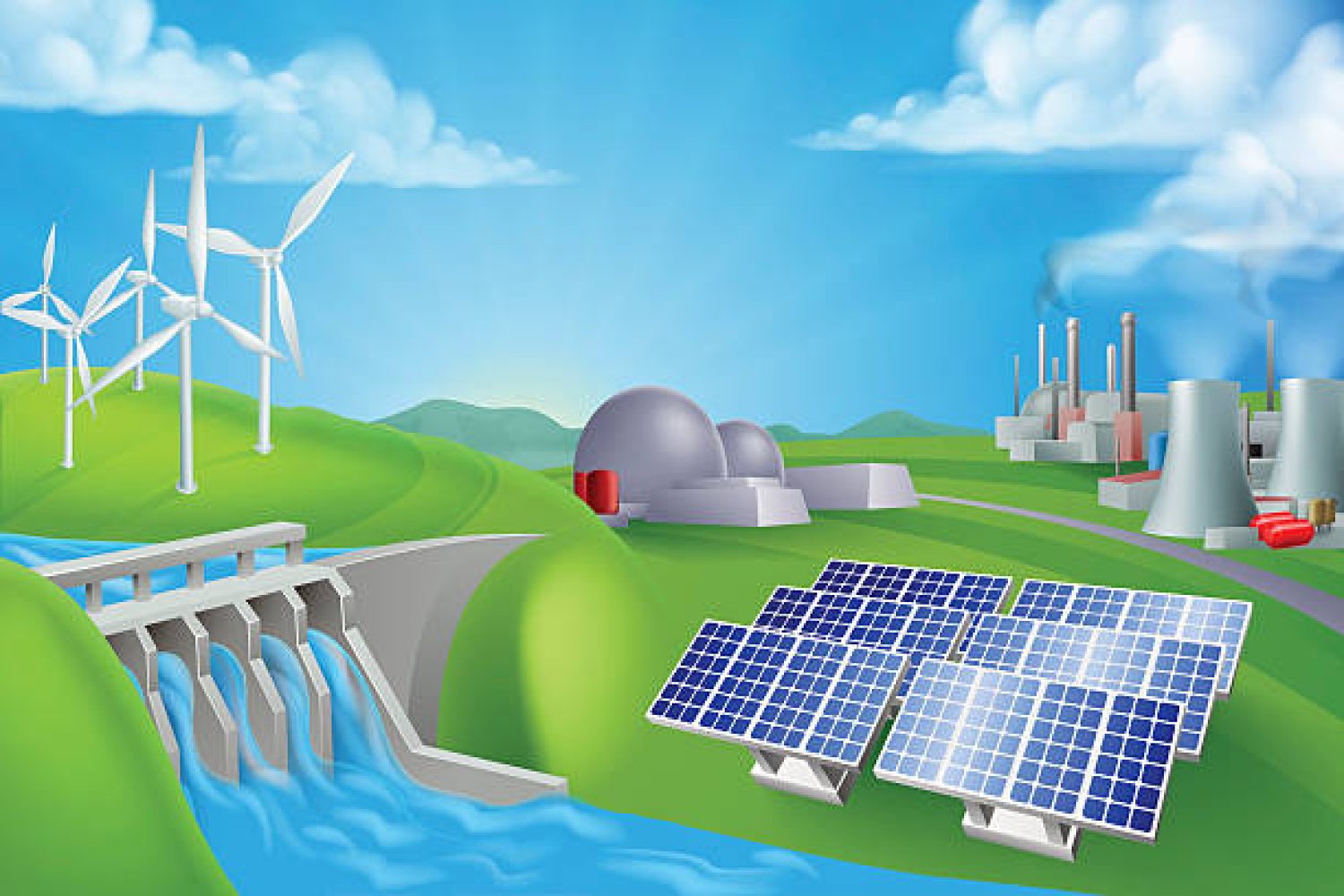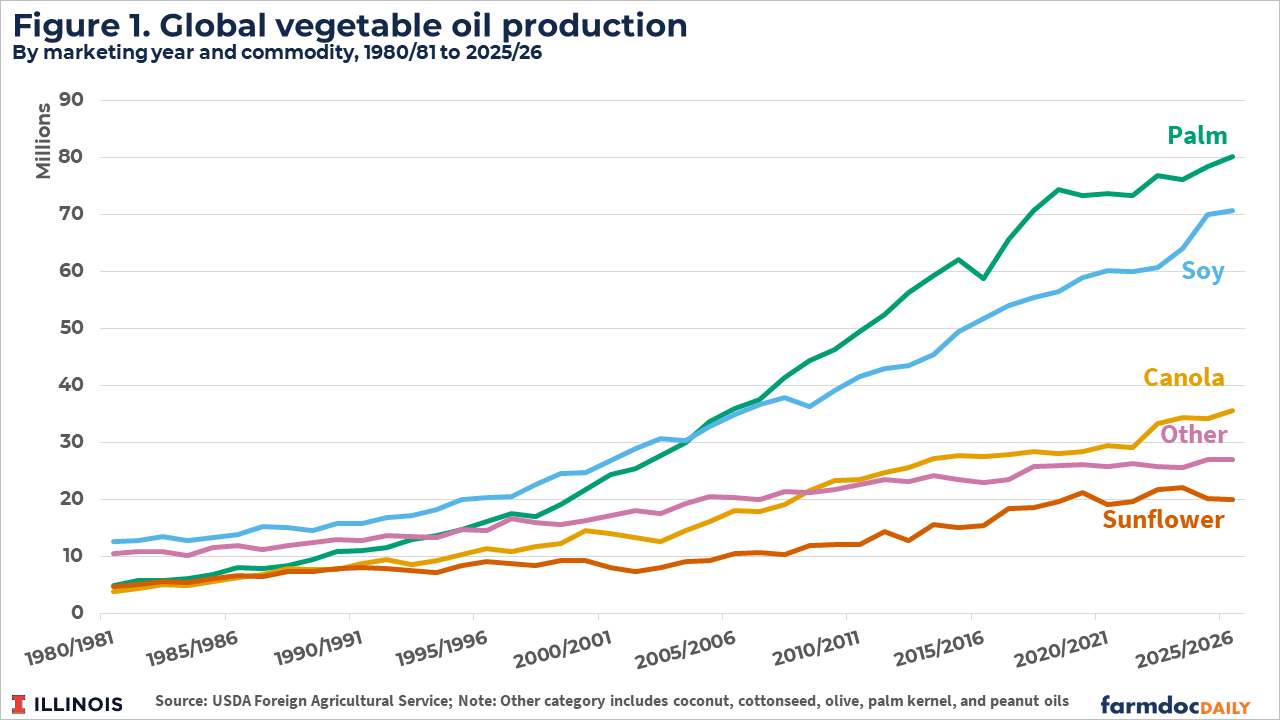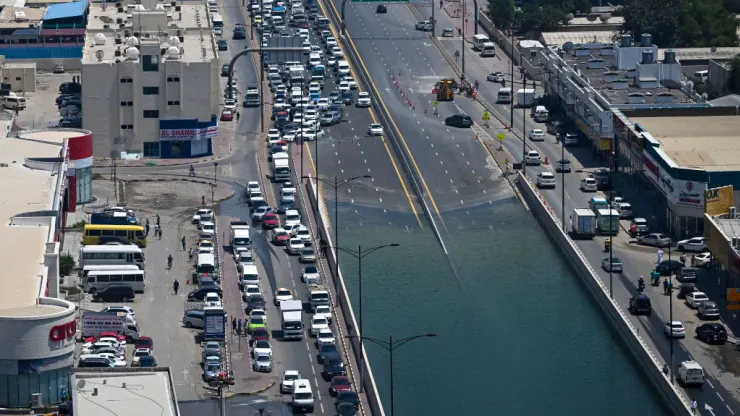The Hope and Hype of Hydrogen
The article discusses the potential of hydrogen as a clean and versatile energy source for various applications, from cars to factories. Hydrogen, when produced using renewable energy sources like wind and solar power, can be an environmentally friendly alternative to traditional fossil fuels. President Biden's plan to invest in regional hydrogen hubs aims to kick-start the development of hydrogen infrastructure and production facilities. Hydrogen fuel cells, which work like batteries, are seen as a promising technology for transportation, though challenges such as infrastructure development and water availability need to be addressed. The article emphasizes that with the right investments and policies, renewable and clean hydrogen could eventually become a cheaper and more sustainable fuel option.

Imagine a fuel capable of powering cars, planes and factories, just like gasoline or natural gas. But instead of emitting greenhouse gases, it releases only water vapor. Spoiler alert: It’s hydrogen.
Don’t think of it as a natural resource like oil or gas — though hydrogen is the most abundant element in the universe, best known for its starring role in water (H20).
Rather, many experts say that hydrogen is a crucial storage medium for the clean energy future. It is capable of being stored as a liquid or a gas and then burned or converted into electricity through a fuel cell — all without producing greenhouse gas emissions.
Isolating hydrogen takes a lot of energy. And right now, most hydrogen is produced by burning natural gas, which has an enormous carbon footprint. But electrolyzers, which split water into hydrogen and oxygen, can be powered by renewable energy like wind turbines and solar panels.
“Clean hydrogen produced with resources like wind and solar, that lets us get us to this place where we’re not putting more carbon in the atmosphere,” President Biden said on Friday, as he announced plans to award up to $7 billion to create seven regional hydrogen hubs around the country.
That money will be used to kick-start development of the infrastructure and production facilities needed to make and transport hydrogen at scale and to fund projects in Texas, Pennsylvania, Oregon and beyond.
The Biden initiative primarily helps zero-emission “green” hydrogen and includes some projects — like one in Appalachia backed by Sen. Joe Manchin of West Virginia — that use more polluting sources of hydrogen.
Despite that concession to the fossil fuel industry, experts said the new federal funding was a big step toward creating a world in which hydrogen is clean, affordable and abundant.
“Over time, as the infrastructure gets built out everywhere, we will see a huge private investment in the production of hydrogen and the delivery of hydrogen in these cheaper ways,” said Jack Brouwer, a professor of engineering at the University of California, Irvine, and the director of the National Fuel Cell Research Center.
‘A virtuous cycle’
There’s a lot to like about hydrogen as a fuel source.
“There’s a virtuous cycle that the Earth can sustain forever, where we take water out of the environment to make the hydrogen and we get oxygen back into the air,” Brouwer said. “And then when we convert the hydrogen back again, we use the oxygen out of the air to make the water again.”
Because hydrogen is so energy-dense, many engineers are focused on developing fuel cells that can be used in transportation.
Hydrogen fuel cells essentially work like batteries. They can be refilled with pure hydrogen, which is transformed through a chemical reaction into electricity, water and heat.
Besides being highly efficient, fuel cells have the advantage of being portable, refillable and scalable. A small number of vehicles are using them, notably from Toyota, which has bet its future on the development of hydrogen fuel cells. The technology may eventually rival the heavy batteries used by most electric cars.
There may be some limited uses where hydrogen is burned, such as long-haul flights on big airplanes with gas turbines that power massive engines. But by and large, Brouwer said, “it’s going to mostly go into fuel cells, not into combustion.”
‘The tricky part’
Transportation accounts for about 20 percent of all planet-warming emissions. If hydrogen can help drive that number down, it would be a huge win for the climate. But it won’t be easy.
“We have big infrastructure for moving electricity around because we’ve invested over a hundred years in the electric grid,” Brouwer said. “We don’t have pipes for hydrogen.”
Building out the infrastructure will take many years and billions of dollars. (To get a sense of the daunting scale of these projects, read my colleague Max Bearak’s story about a gargantuan development in Australia.)
It’s also worth noting that U.S. presidents have been touting big plans to develop the hydrogen economy for decades now, to little effect.
And finally there is the issue of easily accessing the raw material needed to make hydrogen: H20. “Where the water is, is kind of the tricky part,” Brouwer said. “Water isn’t always where we want it to be, and we don’t always emit it where we want it.”
Those are challenges, to be sure, but they’re also ones that can be overcome with the right combination of money, innovation and policy. “Someday, renewable, clean hydrogen will be cheaper than what we are paying today for gasoline,” Brouwer said. “It’s inevitable.”
 The Rio Negro, a tributary of the Amazon River, reached its lowest level ever recorded this week. Credit Bruno Kelly/Reuters
The Rio Negro, a tributary of the Amazon River, reached its lowest level ever recorded this week. Credit Bruno Kelly/Reuters
The world’s biggest body of fresh water is in trouble
The Amazon, where a fifth of the world’s freshwater flows, may seem to be an unlikely place for people to go thirsty. But the worst drought on record is pushing the rainforest and its people to the brink.
My colleague Ana Ionova and I spoke with several people who live in and study the Amazon, and the picture they paint is grim. At least 153 endangered Amazon river dolphins died, a major hydropower plant had to shut down, and tens of thousands of people living in communities accessible only by boat are cut off from the rest of the world.
The drought is accelerating a cycle of destruction in the world’s greatest rainforest. Experts told us that the lack of rain in the Amazon today is largely the result of two natural climate patterns: El Niño and the warming water in the North Atlantic.
But their consequences are likely to be boosted by the harm we’ve been doing to the planet.
Roughly 17 percent of the Amazon has been deforested over the past half-century, primarily by the illegal conversion of forests to ranches and farms. And because trees can actually generate their own rain clouds, by releasing water vapor and specialized organic molecules, chopping them down creates hotter and drier conditions.
Global warming also makes things worse. Increased temperatures make extreme droughts more frequent.
Together these two man-made changes have already transformed parts of the Amazon from humid ecosystems, which store carbon dioxide, into drier ones that release those gases into the atmosphere. If this trend continues, tens of billions of tons of additional carbon dioxide will go into the atmosphere, raising temperatures even more. And the habitats in the most biodiverse place in the world will be gone.
“I feel anguished,” Luciana Vanni Gatti, a scientist who has been documenting changes in the Amazon, told me. “This is a catastrophe of lasting consequences.”
Credits: Manuela Andreoni
What is Your Reaction?
 Like
1
Like
1
 Dislike
0
Dislike
0
 Love
0
Love
0
 Funny
0
Funny
0
 Angry
0
Angry
0
 Sad
0
Sad
0
 Wow
0
Wow
0






















